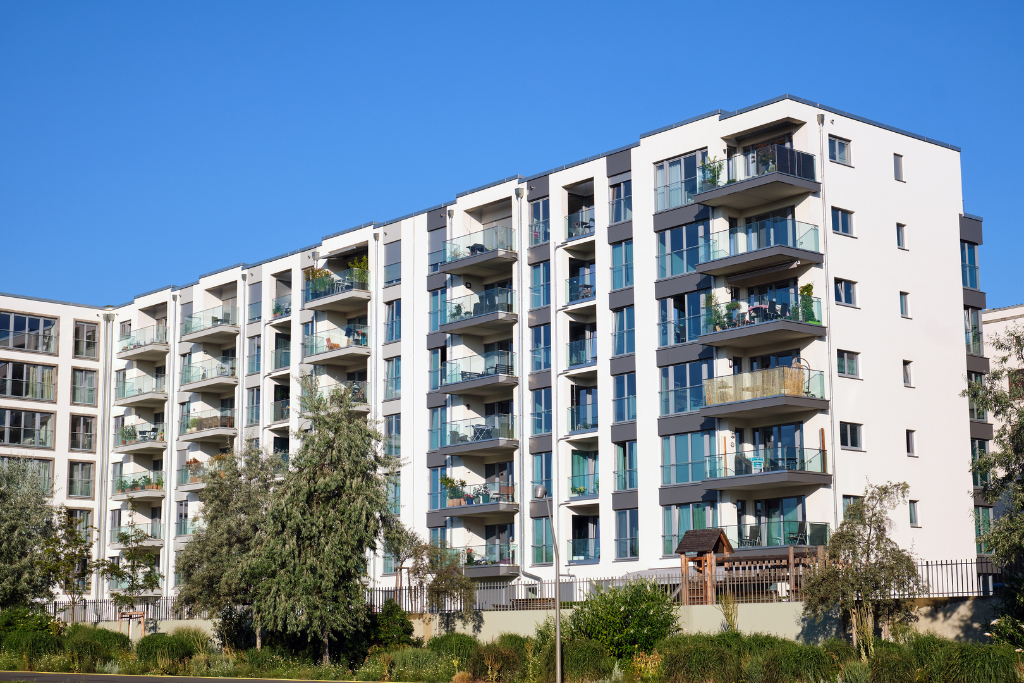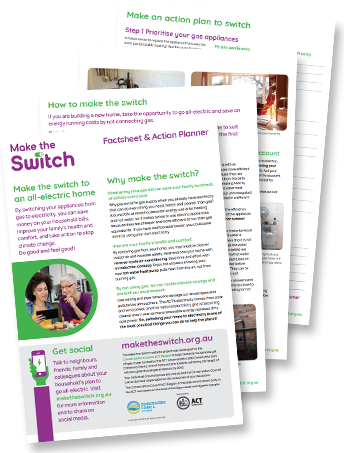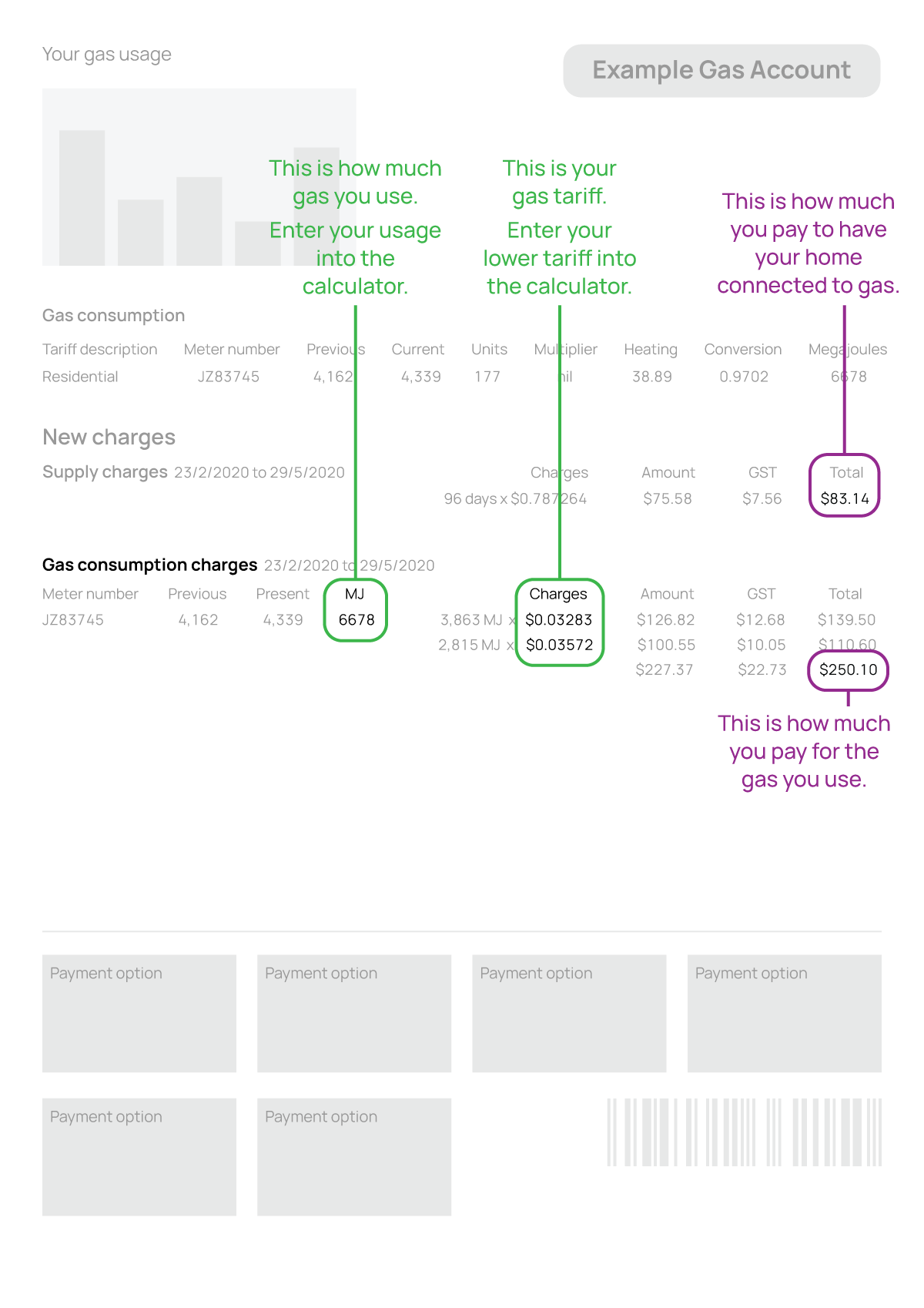Many tenants are keen to electrify for their own cost-savings and comfort and also to do their bit to reduce greenhouse gas emissions, but they need your help. Equally, many property owners are interested in sustainability but not sure how to apply it. Electrification is one of the most meaningful ways for building owners to address climate change and improve quality of life for your tenants.
As a landlord, any improvement you can make to the energy efficiency of your rental property will improve its appeal to prospective tenants. Improving the home’s health, safety and comfort for your tenants will make them more content and stable. Switching out gas appliances for efficient reverse-cycle air-conditioners, hot water heat pumps and induction cooktops will future-proof the value of your property as gas is phased out across the city and the country and all-electric homes become more appealing.
Landlords are eligible for the ACT Government’s Sustainable Household Scheme, a zero-interest loan of up to $15,000 to help with the purchase and installation costs for electrification.
Collaborate with your tenants and property manager (if applicable) to plan the upgrades over a timeline that works for all of you. At the very least, commit to replacing gas appliances with electric when they reach replacement age or the next time they need servicing or repair.
Use the calculator and other resources in this website to explore your options. It is likely that you can claim the costs of replacing gas appliances in your rental property — consult with your tax adviser to optimise the timeline for upgrades.
Top electrification tips for landlords
- Replace gas hot water with a hot-water heat-pump.
- Replace gas (and wood) heating with reverse-cycle air-conditioning.
- Replace gas cooktop and oven with an induction cooktop and electric oven.
- Abolish the gas meter and pipes to prevent gas leaks.
- Upgrade ceiling insulation to at least R5.
- Install good quality blockout blinds or curtains on all windows.
- Fix draughts around windows, doors and wall vents.
- Install rooftop solar panels and battery.
- Install a fast-charger for an electric vehicle.
- Consider other energy efficiency upgrades such as replacing 3mm windows with double-glazing, adding insulation in walls and under floors, planting shade trees, installing windows in north-facing walls, adding awnings over west-facing windows.
Resources for property owners
Sustainable Household Scheme — $15,000 zero interest loan.
Sustainable Home Advice Program — energy efficiency advice.
Minimum energy efficiency standards for rental homes — upgrade ceiling insulation to at least R5.
Renting and Occupancy Laws — your rights and responsibilities as a landlord.
Healthy Homes for Renters — learn about the health impacts of poor quality housing.
Rental properties: repairs, maintenance and capital expenditure — Australian Taxation Office fact sheet.
Domain Sustainability in Property Report 2022 — Energy-efficient homes are worth more.
Energy.gov.au/rebates — search for financial rebates for energy efficiency upgrades in your state.



